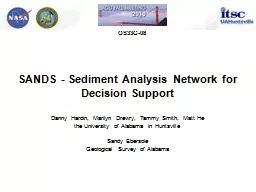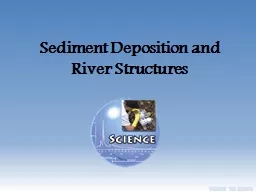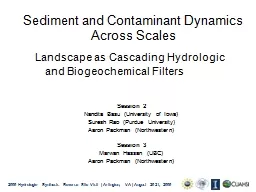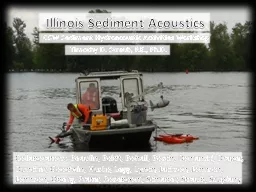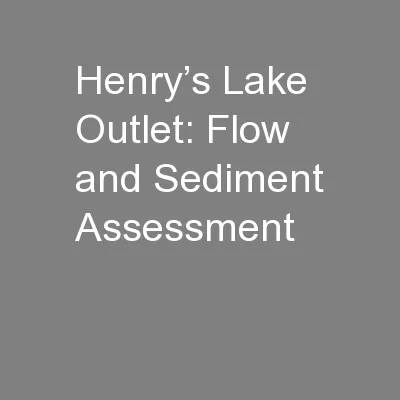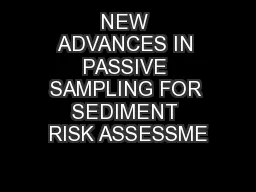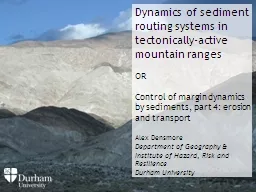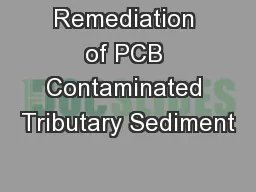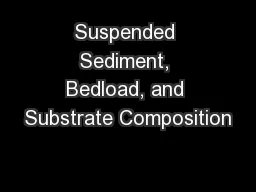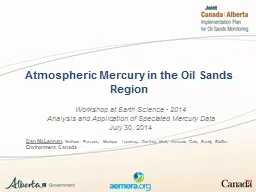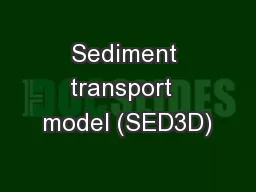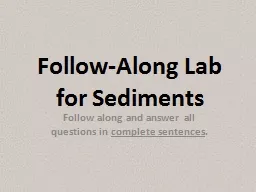PPT-SANDS - Sediment Analysis Network for Decision Support
Author : myesha-ticknor | Published Date : 2015-11-08
Danny Hardin Marilyn Drewry Tammy Smith Matt He the University of Alabama in Huntsville Sandy Ebersole Geological Survey of Alabama OS33G08 Objectives Help resolve
Presentation Embed Code
Download Presentation
Download Presentation The PPT/PDF document "SANDS - Sediment Analysis Network for De..." is the property of its rightful owner. Permission is granted to download and print the materials on this website for personal, non-commercial use only, and to display it on your personal computer provided you do not modify the materials and that you retain all copyright notices contained in the materials. By downloading content from our website, you accept the terms of this agreement.
SANDS - Sediment Analysis Network for Decision Support: Transcript
Download Rules Of Document
"SANDS - Sediment Analysis Network for Decision Support"The content belongs to its owner. You may download and print it for personal use, without modification, and keep all copyright notices. By downloading, you agree to these terms.
Related Documents

